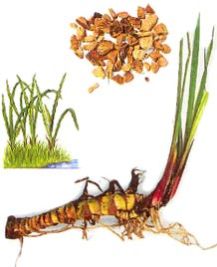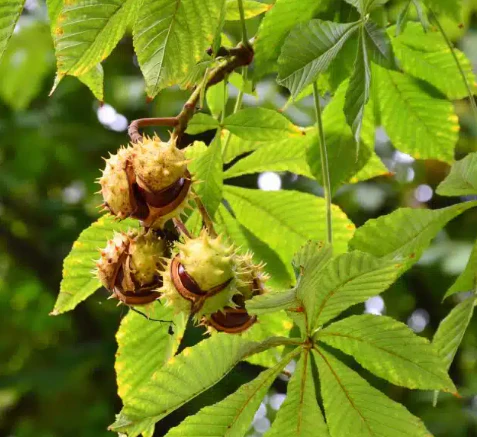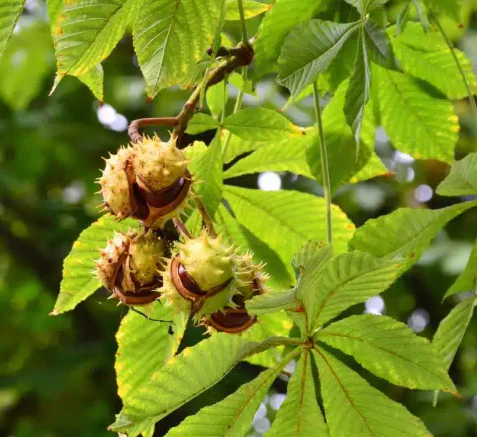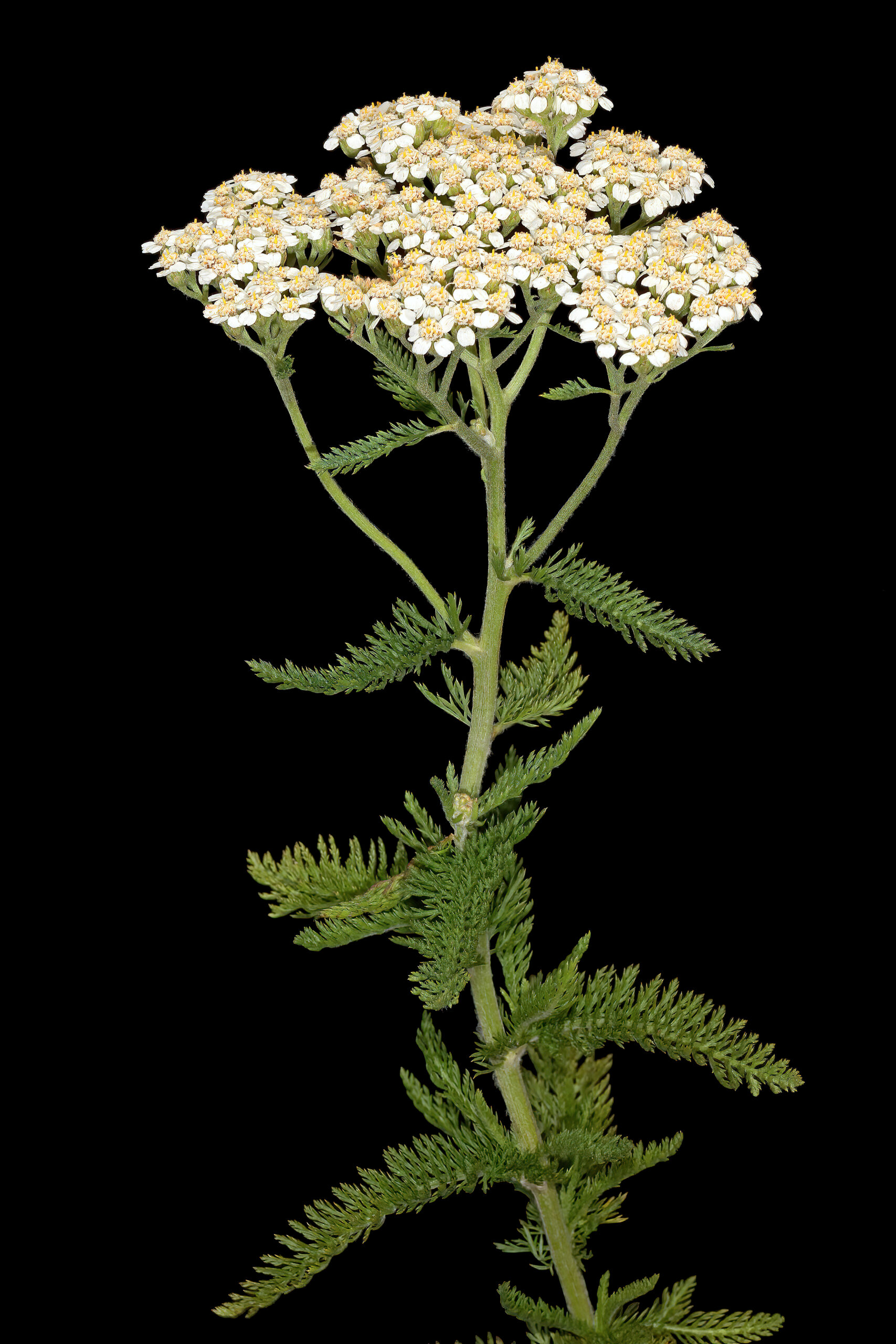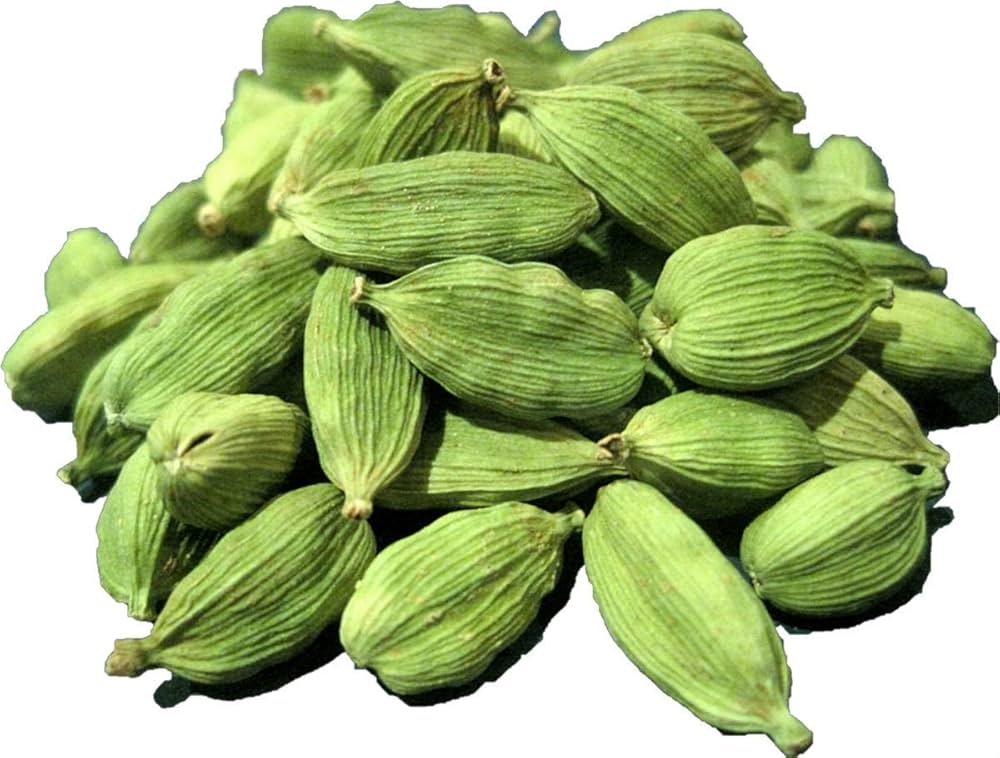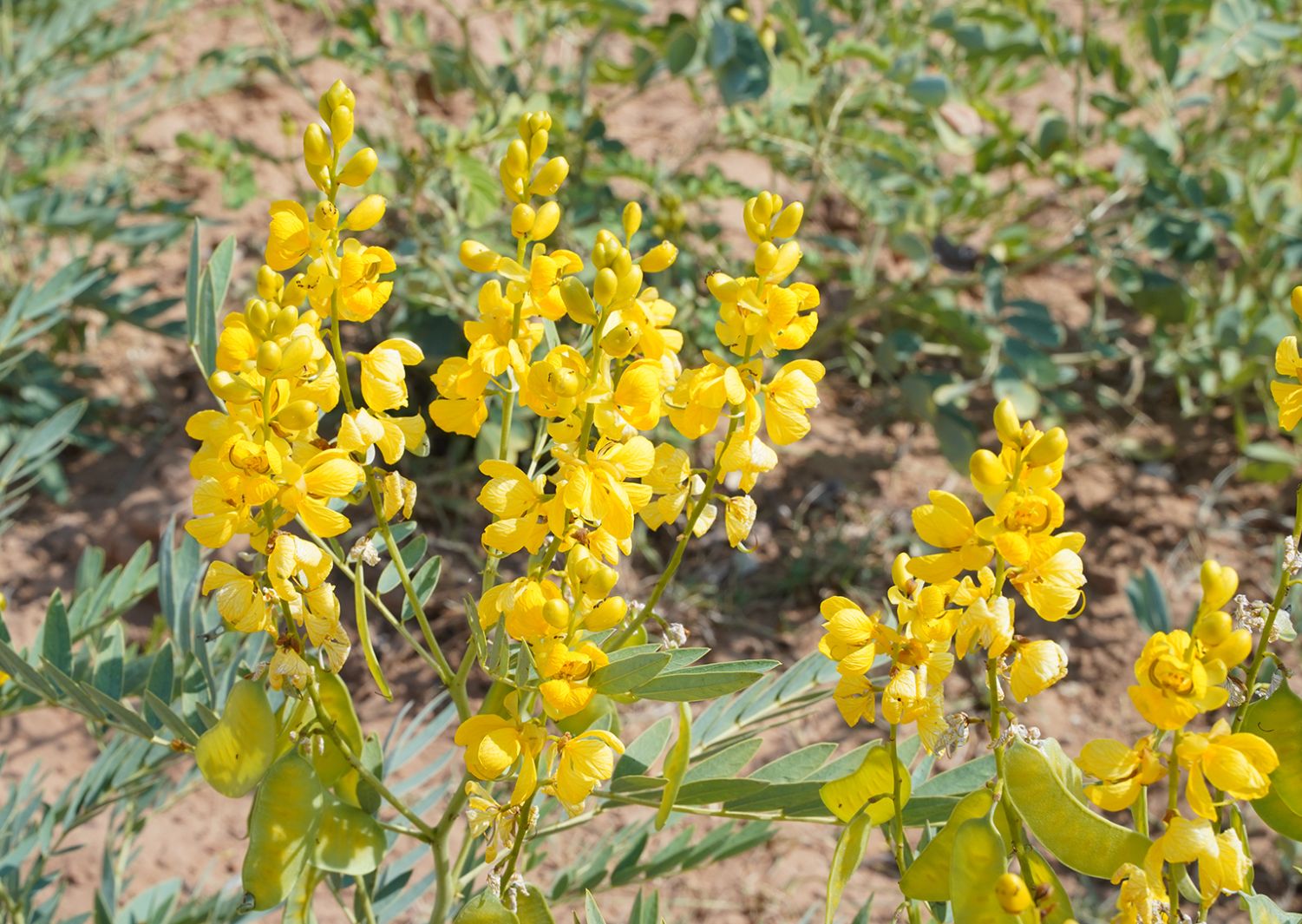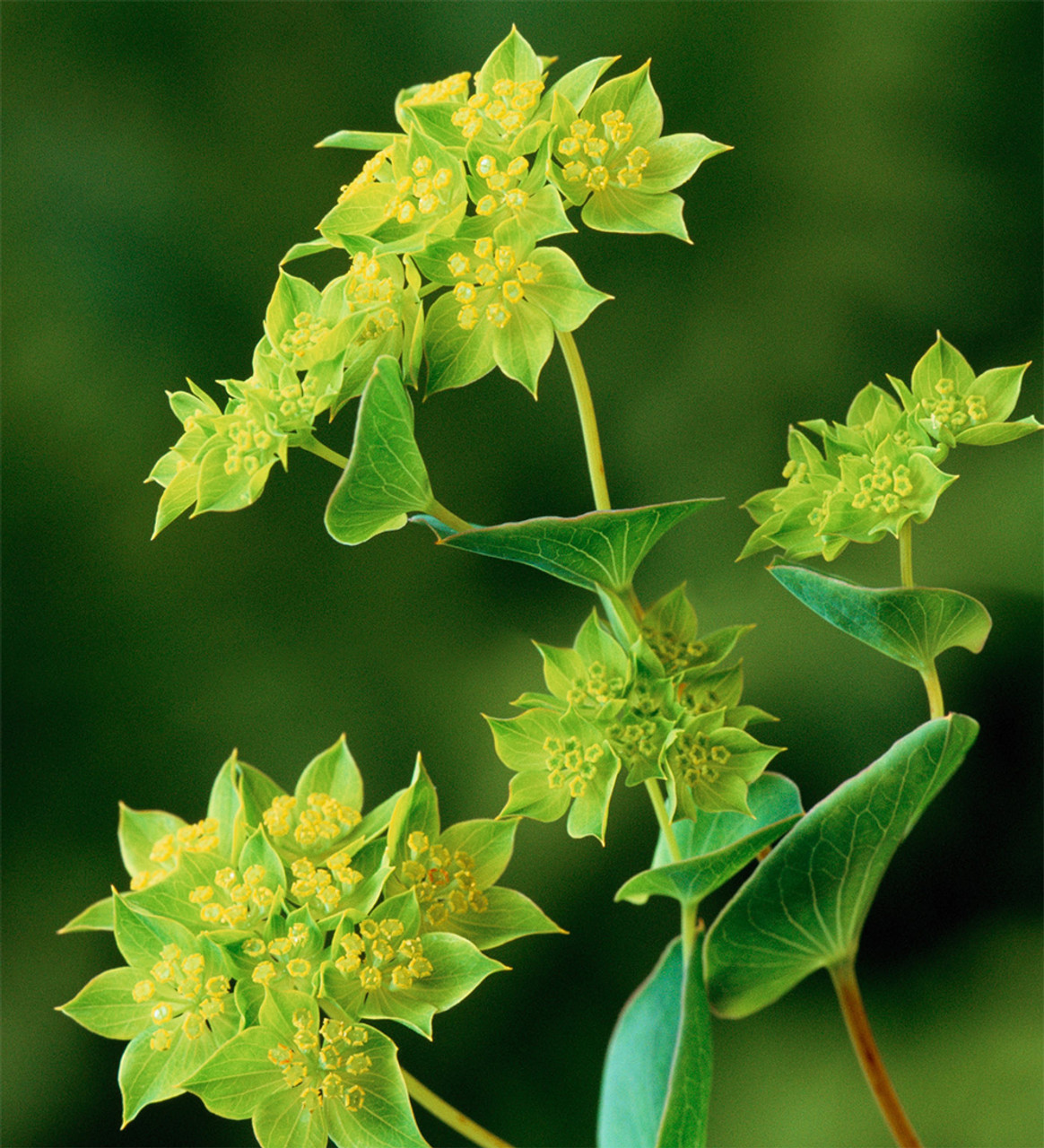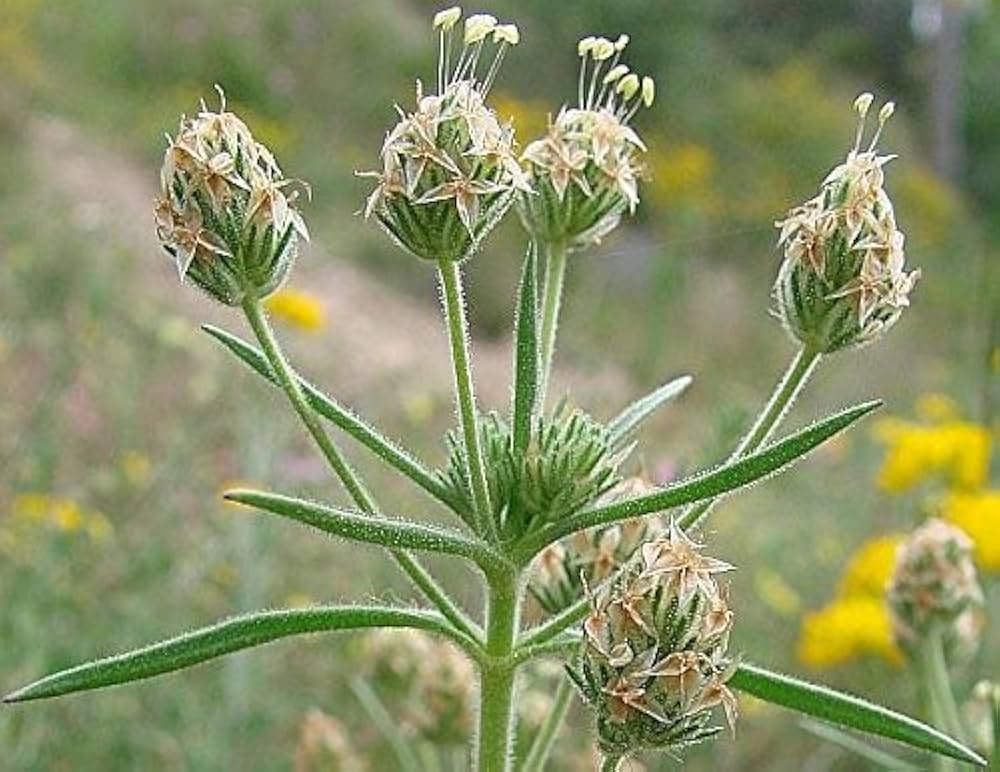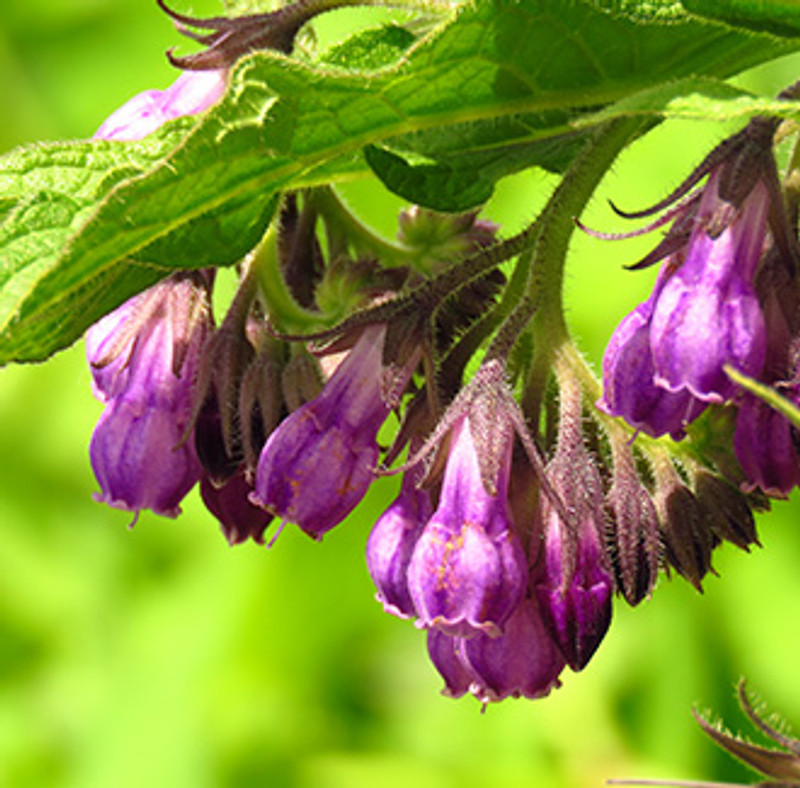
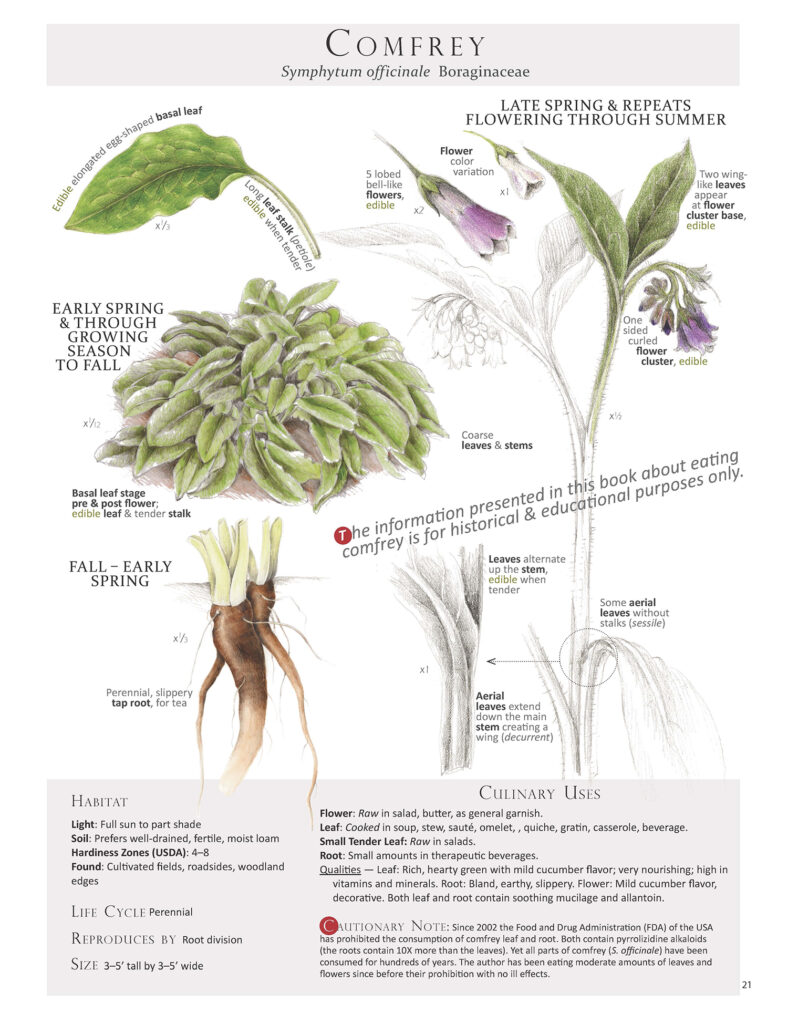
How Comfrey Herb Affects the Skin
Comfrey is a plant with fuzzy leaves and purple or white flowers, growing in damp places like Europe and North America. Its root and leaves are used in herbal ways, often turned into oil, salve, or a paste. It’s famous for fixing skin fast. Here’s how it helps:
- Heals Wounds Quick:
- Comfrey has something called allantoin that makes new skin grow faster. It’s great for cuts, scrapes, or burns that aren’t too deep.
- How to Use: Rub comfrey salve (leaves or root in oil and wax) on the spot.
- Soothes Sore Skin:
- It calms down red, itchy stuff like rashes or bug bites with its anti-swelling power. It feels cool and soft on angry skin.
- How to Use: Put a comfrey paste (crushed leaves or root) or cold tea on irritated areas.
- Fixes Bruises and Bumps:
- It helps blood move better under the skin, so bruises fade quicker. It’s like a helper for banged-up spots.
- How to Use: Dab comfrey oil or a wet cloth soaked in comfrey tea on bruises.
- Softens Rough Skin:
- Comfrey’s gooey mucilage keeps dry or cracked skin moist, making it smooth again, like on hands or heels.
- How to Use: Massage comfrey cream or oil into dry patches.
Why It Works
Comfrey’s got allantoin and tannins—stuff that fixes skin cells and tightens them up—plus mucilage to keep things soft. It’s called “knitbone” because it mends so well, almost like magic for skin and even bones (but only outside!).
Simple Tips
- Outside Only: Don’t eat it or put it on big, open cuts—it has chemicals (pyrrolizidine alkaloids) that can hurt your liver if used wrong.
- Test First: Some skin might itch if allergic—try a little spot.
- Short Use: Don’t use it too long (a few weeks max) to stay safe

